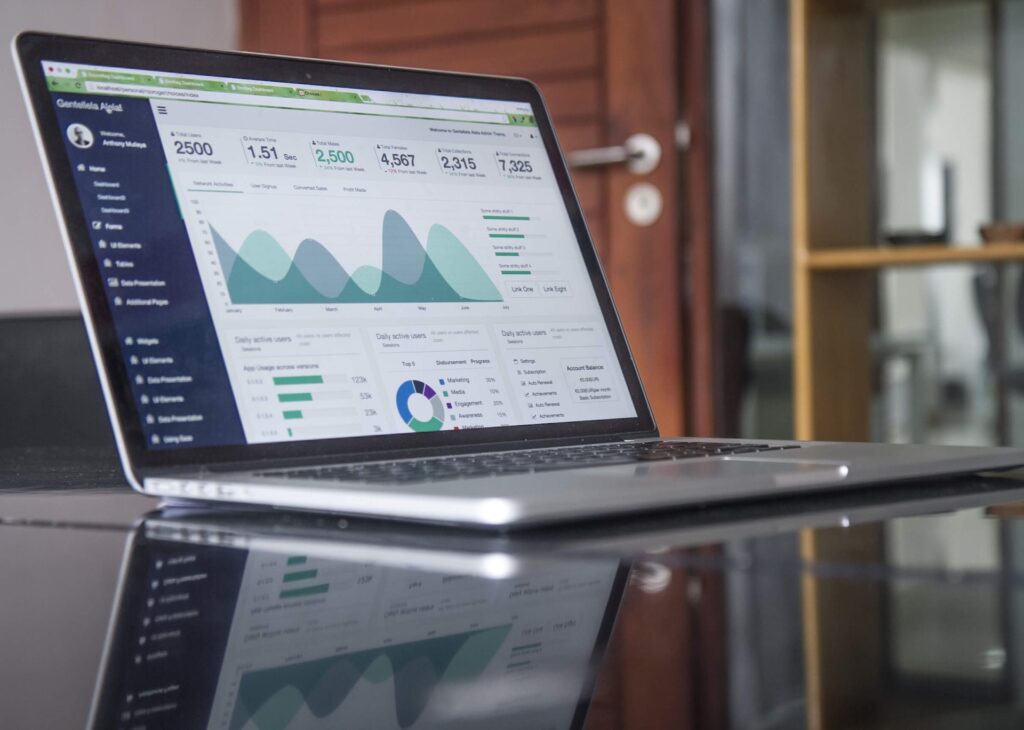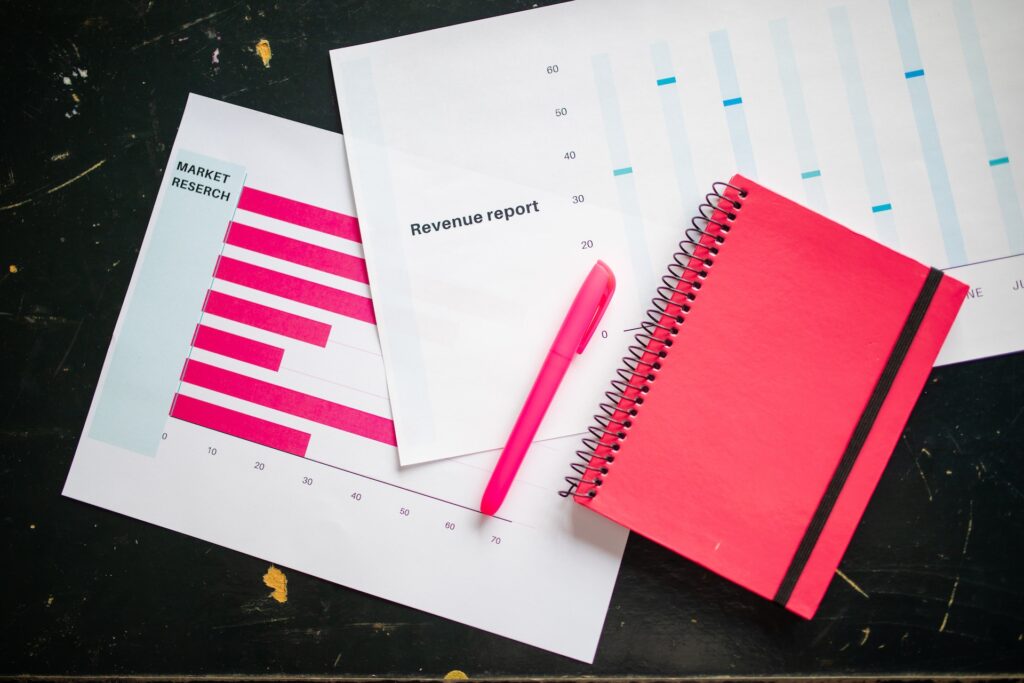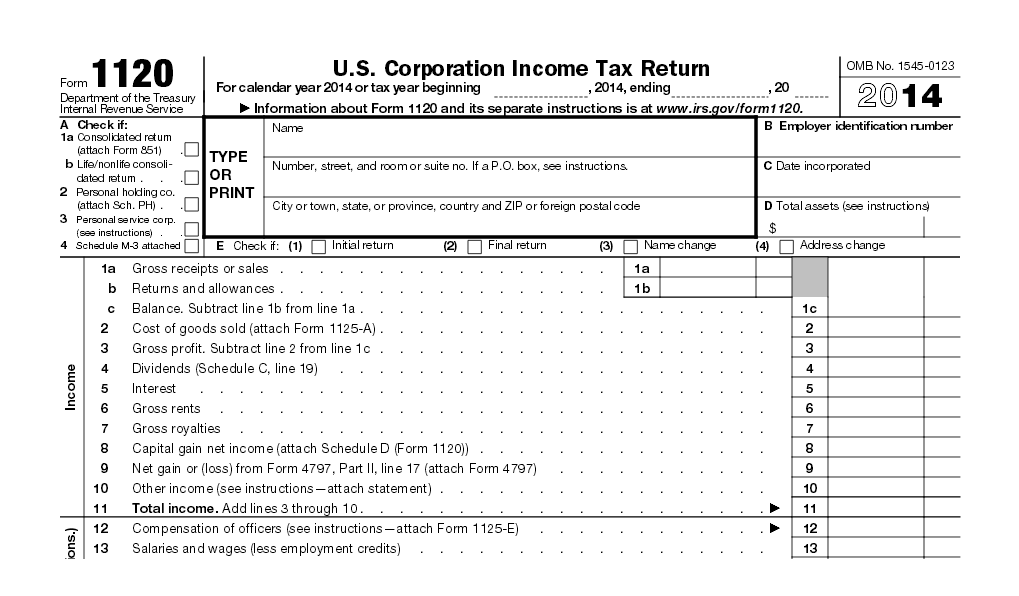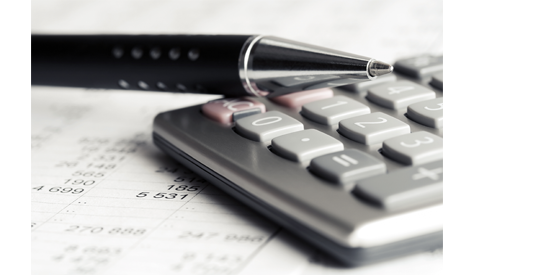It’s that time of year that so many of us dread – tax season. With IRS audits on the rise, it is increasingly important for small businesses and individuals alike to report accurate information and file tax returns ON TIME. Having a system to keep records organized throughout the year ensures you have all of the information needed during tax return preparation. It also saves you the aggravation of having to dig through piles of receipts and other information just to prove that certain financial transactions took place during a particular year. And don’t forget that an Accountant, CPA or certified Tax Preparer can justifiably charge you more money if they have to actually organize your records prior to preparing your return.
Whether you are a sole-proprietor or the owner of a private corporation or LLC operating in the U.S., filing tax returns is something we all have in common. Do you find yourself scrambling every year to meet that March 15 business tax return filing deadline? If so, then maybe what you need is a tax records filing system that is easy to setup and maintain.
The following presentation provides a step-by-step tutorial using pictures (where applicable) to show you how to create a digital/electronic or paper-based tax records filing system. If setup properly, this system ensures you will never experience file extensions, fines, tax liens or failed audits.
17 Tips:
- Create a system that works best for YOU! If you are a highly visual person, then having a paper based system might work better for you as opposed to a person who gets overwhelmed by the sight of too much paper.
- Ultimately the best system for tracking revenue for your business or household largely depends on the degree of visibility that you will need to serve as reminders for collecting and/or making payments.
- Handle papers in small, manageable pieces – the longer you wait to organize, the more time it will take to sort through information when it’s time to file the tax return.
- Remember that creating a tax record filing system and maintaining it requires CHANGE.
- Practice, practice, practice! Change involves replacing an unwanted habit with a new one.
- Leverage products you already have – there’s no need to go and buy a slew of new office supplies. The products featured in the presentation above can be found at any major office supply store (i.e. Office Depot, Staples).
- Use the following list of common business expense types as a first step in categorizing your receipts, paid bills/invoices and other tax records:
- Seminars/Education
- Memberships
- Dues & Subscriptions
- Office Supplies
- Travel
- Meals
- Insurance
- Postage
- Website
- Lease/Rent
- Furniture & Equipment
- Utilities
- Vehicle Maintenance
- Marketing & Advertising
- Financial Statements
- Shred receipts or any financial information that contains account and/or identification numbers.
- Pace yourself, especially if you are creating your system for the first time. For example, if you need to separate and organize a year’s worth of receipts in order to prepare for a certain year’s tax return, work in 30 minute or one hour increments taking breaks in between.
- Consider enlisting the services of a Bookkeeper or Assistant for time management purposes and/or if you desire financial statement reconciliation on a frequent basis throughout the year.
- Consult your CPA, Accountant or Tax Preparer for specific questions regarding your bookkeeping practices. ALWAYS!
- Track your expenses using an accounting software program such as QuickBooks or FreshBooks. You can even use a MS Excel spreadsheet if your books are fairly simple.
- Store physical receipts in a place where they will be secure as the print on many of them will fade over time. Try to categorize receipts on a weekly basis.
- Store electronic or scanned copies of receipts in at least two different locations. One can include a computer network, hard drive, CD or DVD (only if it is backed up often) and the other can include a cloud solution such as DropBox or Google Drive.
- Review and reconcile your company’s financial statements monthly. This includes verifying that all check and debit card payments clear the bank. Understanding the financial health of your company is critical. Mistakes can often go unnoticed for long periods of time without frequent reconciliation.
- Log expense information by putting the date, payee, amount of bill/invoice, and type of expense (i.e. “office supplies” or “advertising) in the system that you choose for logging expenses.
- Document a business process for maintaining the new system once it is in place. Templates can be found at The Process Shop. This process should define how information is created, named, organized, stored and archived for system consistency.
At the end of the day, there’s no point in avoiding the IRS. The legal ramifications simply aren’t worth it. Keep the Tax Boogieman at bay with a solid tax recordkeeping system and if you insist on using Ziploc bags and shoeboxes to store records, at least label them and make sure they are part of an actual system that allows you to easily archive and retrieve information when needed. Visit the IRS’ website – it includes a combination of downloadable tax forms, video tutorials and guidelines. Specifically, see IRS Publication 583 “Starting a Business and Keeping Records” for specific guidelines to learn what information to keep and for how long.
Best wishes!
Stay tuned for next month’s topic on how to create a business process that includes your new tax records filing system.











